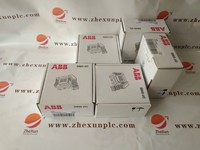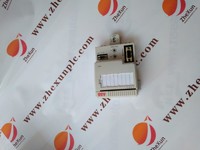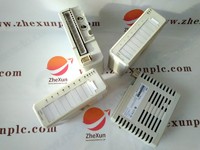B&R X20CP1484-1 New - Open box
Product Quick Detail
- FOB Price
- USD $999.00 / Piece
- Minimum Order
- 1
- Place Of Origin
- GERMANY
- Packaging
- 1PC
- Delivery
- 15 Days
Specifications
There are two types of mechanical design for PLC systems. A single box, or a brick is a small programmable controller that fits all units and interfaces into one compact casing, although, typically, additional expansion modules for inputs and outputs are available. Second design type – a modular PLC – has a chassis (also called a rack) that provides space for modules with different functions, such as power supply, processor, selection of I/O modules and communication interfaces – which all can be customized for the particular application.[13] Several racks can be administered by a single processor, and may have thousands of inputs and outputs. Either a special high speed serial I/O link or comparable communication method is used so that racks can be distributed away from the processor, reducing the wiring costs for large plants. Options are also available to mount I/O points directly to the machine and utilize quick disconnecting cables to sensors and valves, saving time for wiring and replacing components.[citation needed]
- Country: China (Mainland)
- Business Type: :Bently Nevada, ABB,GE,Rockwell,Foxboro, Invensys Triconex, Westinghouse, Schneider,Siemens,Woodward,GE FANUC,Yaskawa,EPRO,and so on.
- Contact: Holly










